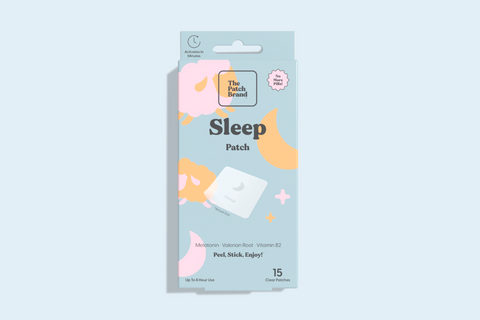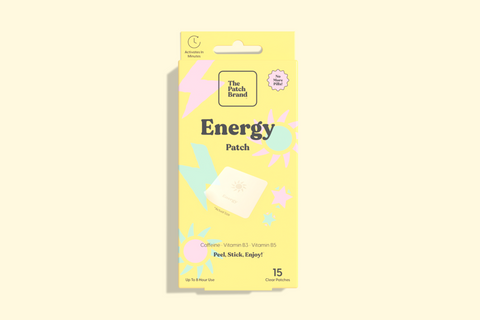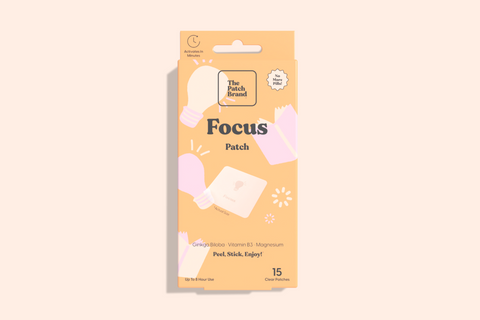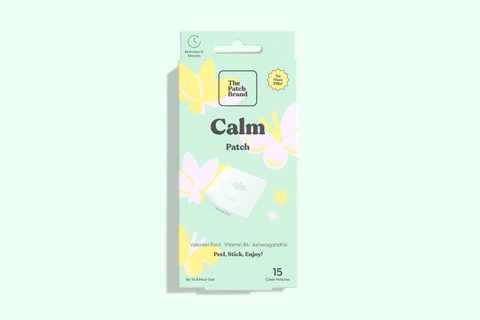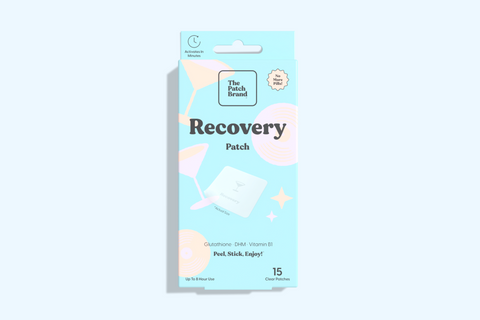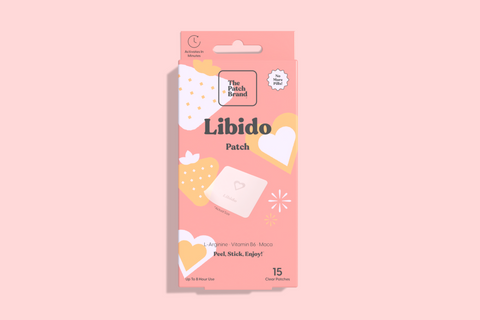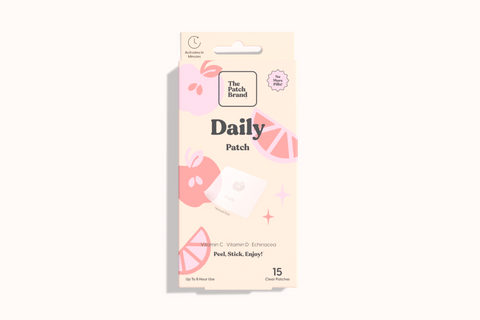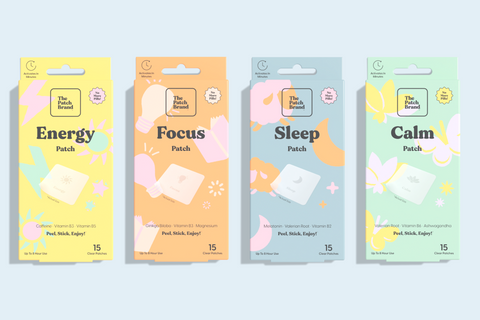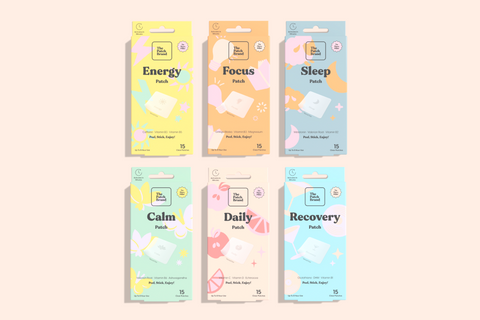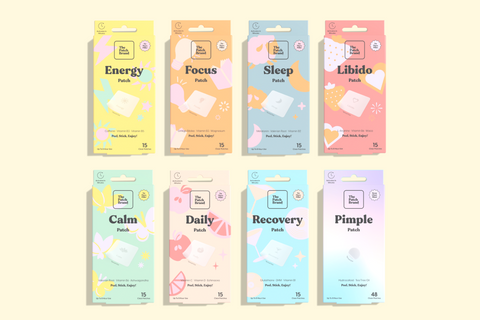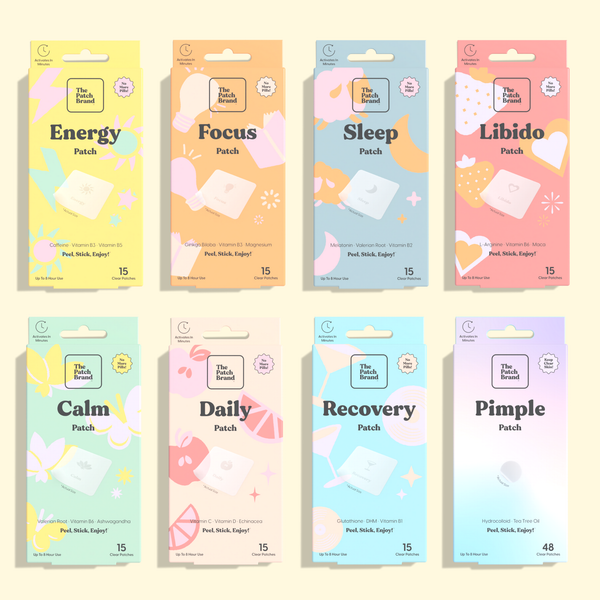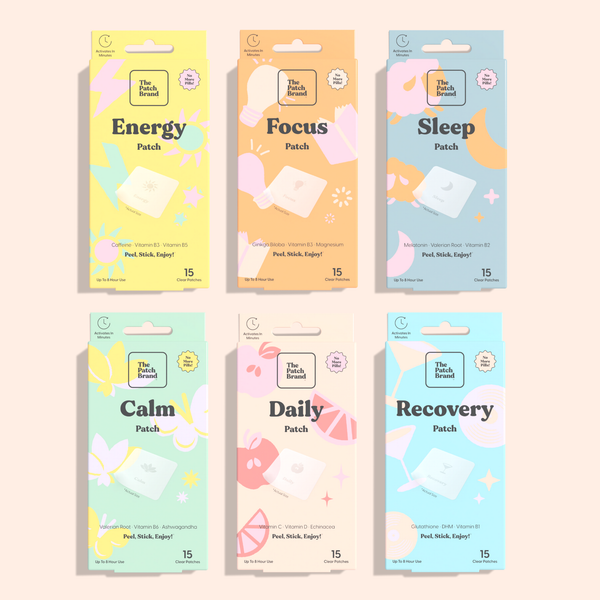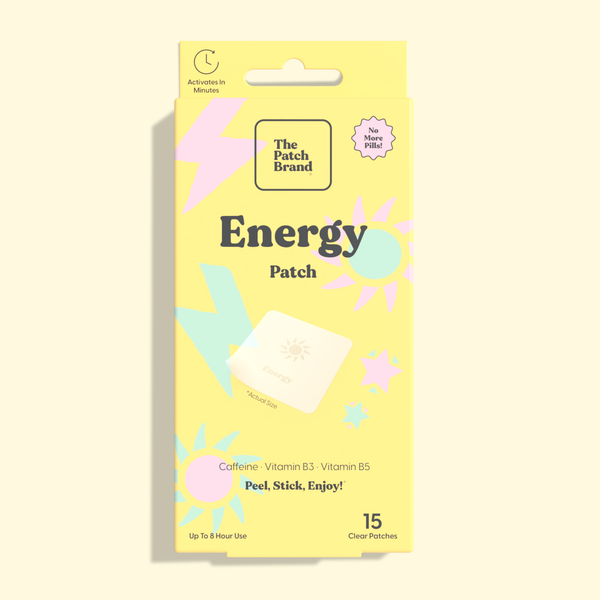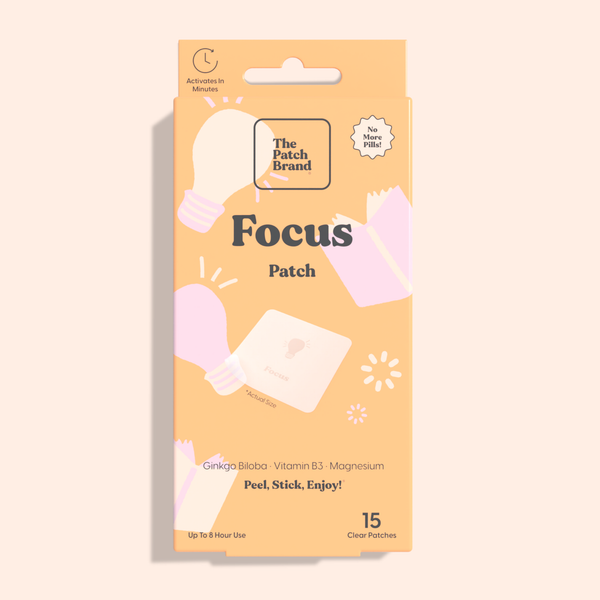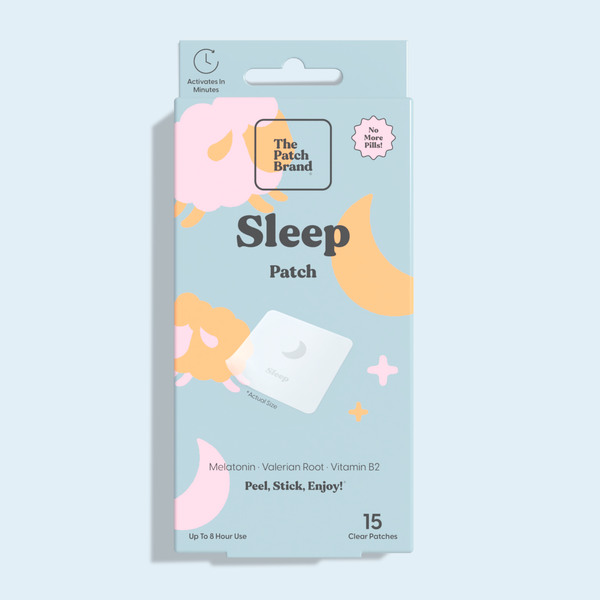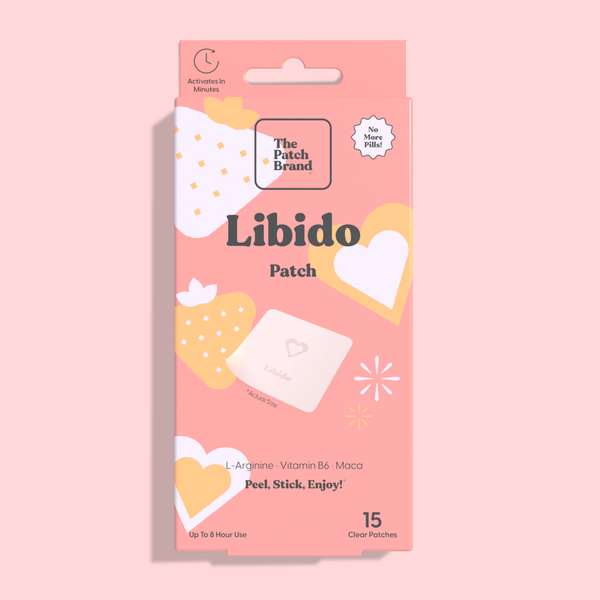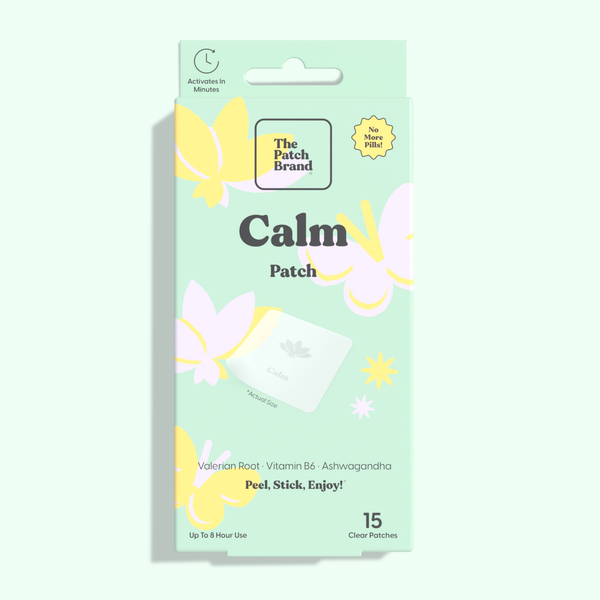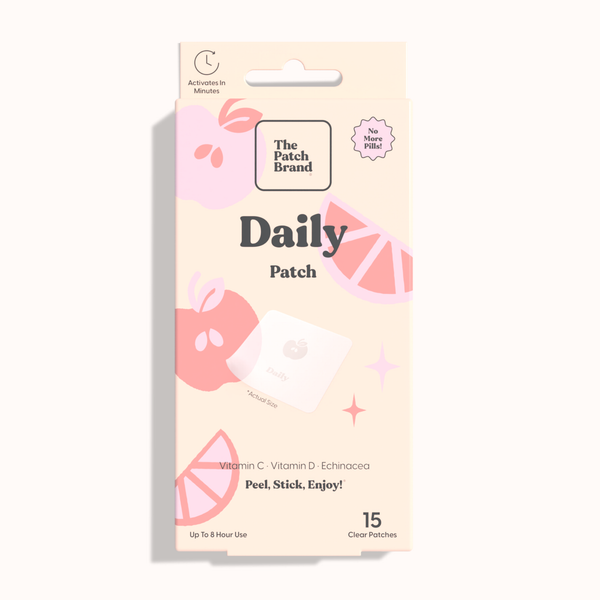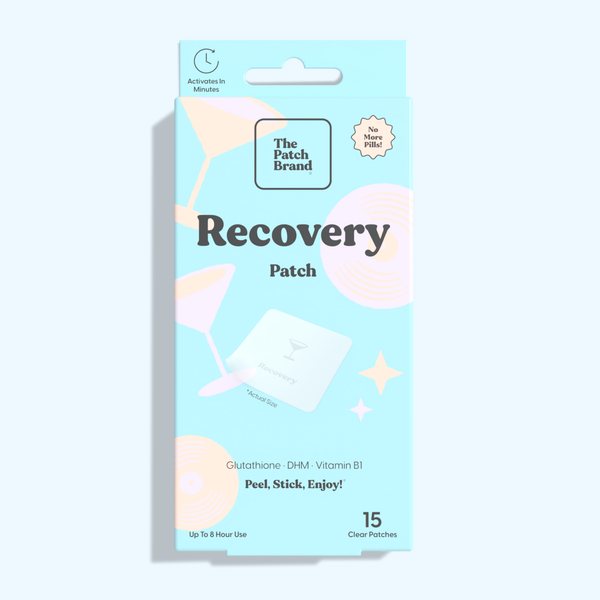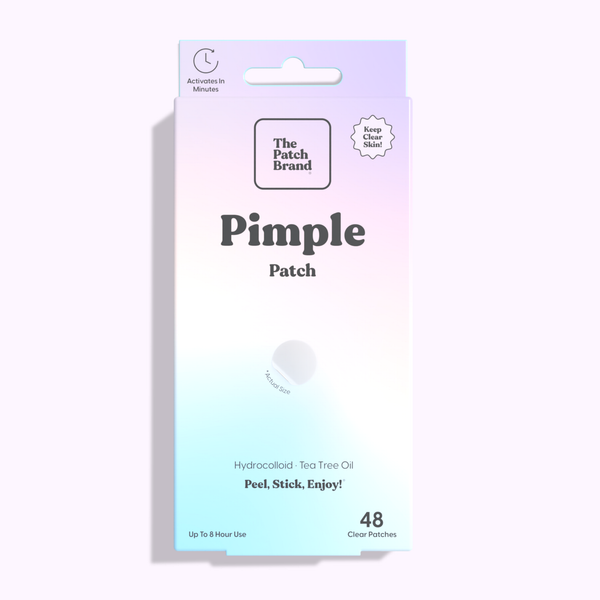Pimples, a common skin issue faced by many, can be a source of discomfort and self-consciousness. This pimple prevention guide aims to explain the process of pimple formation and provide practical advice for keeping your skin clear and healthy. Understanding the basics of how pimples develop is the first step in effective prevention. Pimples aren't just a teenage problem; they can affect anyone at any age. This guide will delve into the factors contributing to pimple development, from hormonal changes to lifestyle habits, and offer comprehensive strategies to tackle them. Whether it's refining your skincare routine, adjusting your diet, or using targeted treatments like pimple patches, this guide covers all aspects of pimple care and prevention. With easy-to-understand language and a focus on practical, actionable advice, this guide is designed to help you stop pimples in their tracks and maintain clear, healthy skin.
Causes of Pimples and Their Impact
Understanding the root causes of pimples is essential for effective prevention and treatment. Key factors influencing pimple formation include:
-
Hormonal Changes: Fluctuations during puberty, menstruation, and stress lead to increased sebum production.
-
Dietary Impact: Foods high in sugar, dairy, and unhealthy fats can trigger pimples.
-
Stress Levels: High stress can cause hormonal imbalances, affecting skin health.
The impact of these factors on skin health cannot be overstated. Recognizing and addressing these key elements can lead to more effective pimple prevention and healthier skin. It’s about creating a holistic approach that considers both internal and external factors for optimal skin health.
Essential Skincare Routine for Pimples
A cornerstone in the fight against pimples is a consistent and effective skincare routine, starting with regular cleansing. Cleansing the skin twice a day helps remove excess oil, dirt, and impurities that can clog pores and lead to pimples. It's crucial to use a gentle cleanser that doesn't strip the skin of its natural oils, as this can trigger the skin to produce more oil, exacerbating the problem. For those with pimple-prone skin, a cleanser with salicylic acid or benzoyl peroxide can be beneficial, as these ingredients help to unclog pores and reduce inflammation.
Another important step in a pimple prevention routine is exfoliating. Exfoliation helps to remove dead skin cells that can clog pores. However, it's important to not overdo it; excessive exfoliation can irritate the skin and worsen pimples. Depending on your skin type, exfoliating once or twice a week is usually sufficient. Chemical exfoliants like alpha hydroxy acids (AHAs) or beta hydroxy acids (BHAs) are often recommended for pimple-prone skin as they are effective at penetrating and cleaning out clogged pores.
Many people with pimples skip moisturizing, fearing it will make their skin oilier. However, moisturizing is a crucial step in any skincare routine, even for oily or pimple-prone skin. A good moisturizer helps to maintain the skin's natural barrier, preventing it from becoming too dry or too oily. Look for oil-free, non-comedogenic moisturizers that hydrate the skin without clogging pores. Hydrated skin is less likely to produce excess oil, which can lead to pimples. Remember, the goal is to balance the skin's hydration, not eliminate it.
Using Pimple Patches Effectively
Using pimple patches is a modern approach to directly treating pimples. These small, adhesive patches are applied directly over a pimple. They work by absorbing pus and excess oil, providing a protective barrier that prevents bacteria from entering the pimple, and reducing the urge to pick at it. Pimple patches are typically made from hydrocolloid, a substance originally used in wound healing, which draws out impurities while keeping the area moist, thereby speeding up the healing process.
The benefits of pimple patches extend beyond their immediate impact on pimples. Firstly, they protect the affected area from external irritants and contamination. Secondly, by absorbing excess fluid, they can reduce inflammation and redness associated with pimples. Additionally, they are discreet and can be worn under makeup, making them a convenient option for continuous treatment. Integrating pimple patches into your skincare routine is simple and effective:
-
Cleanse the Skin: Before applying a pimple patch, ensure the skin is clean and dry.
-
Apply the Patch: Place the patch directly on the pimple.
-
Leave It On: Allow the patch to work for several hours, or ideally, overnight.
-
Gentle Removal: Carefully peel off the patch from the edges.
These patches provide a controlled environment for the pimple to heal. By sealing the area, they prevent further bacterial infection and reduce the risk of scarring. This controlled environment is optimal for healing, as it keeps the area hydrated and protected from external stressors.
Other Effective Treatments for Pimples
Various over-the-counter remedies can be effective in treating pimples. These include products containing benzoyl peroxide, salicylic acid, and alpha-hydroxy acids (AHAs). Benzoyl peroxide works by killing bacteria that can cause pimples, while salicylic acid helps to unclog pores. AHAs work by exfoliating the skin and removing dead skin cells that can lead to pimples. It's important to start with lower concentrations of these active ingredients and gradually increase as your skin becomes accustomed to them to minimize irritation.
Implementing certain lifestyle changes can also significantly impact pimple reduction. This includes maintaining a healthy diet, staying hydrated, getting enough sleep, and managing stress. A balanced diet rich in fruits, vegetables, and whole grains can improve skin health. Adequate hydration helps to flush out toxins from the body, while sufficient sleep and stress management aid in regulating hormone levels, which can reduce the likelihood of pimple breakouts.
Avoid heavy, comedogenic (pore-clogging) products, as they can exacerbate pimple formation. Look for products labeled as "non-comedogenic" or "oil-free" to ensure they won't contribute to further skin congestion. Additionally, be sure to remove makeup thoroughly before sleeping and regularly clean makeup brushes and applicators to prevent bacterial buildup.
Advanced Professional Pimple Treatments
Chemical Peels
Chemical peels, for instance, play a significant role in advanced pimple care. These treatments involve applying a chemical solution to the skin, which exfoliates the top layers, revealing smoother, clearer skin underneath. Chemical peels can be particularly effective for treating persistent pimples, as they help to unclog pores, remove dead skin cells, and reduce the appearance of scars. These treatments should be performed by a skincare professional to ensure safety and effectiveness.
Laser Therapy
Laser therapy represents a modern, high-tech approach to pimple treatment. This method uses focused light to target and reduce the bacteria that cause pimples, diminish excess oil production, and promote skin healing. Laser therapy can be especially beneficial for treating severe or cystic pimples, as it penetrates deeper into the skin layers. While it's a more costly option, its effectiveness in treating persistent and severe acne makes it a worthwhile consideration for those struggling with chronic pimple issues.
Dermatologists can offer personalized treatment plans, which may include prescription medications like retinoids or antibiotics. These treatments are tailored to individual skin types and acne severity, ensuring a targeted approach. Additionally, dermatologists can guide lifestyle changes and skincare routines that complement these treatments, offering a comprehensive approach to pimple care. Seeking professional help is especially important for those who have tried various over-the-counter treatments without success, as unresolved acne can lead to scarring and other long-term skin issues.
Consistency in skin care cannot be overstressed. It's not just about using the right products but also about using them regularly and appropriately. Whether it's cleansing, moisturizing, applying pimple patches, or undergoing professional treatments, regularity and adherence to routines are essential for achieving and maintaining clear skin. Furthermore, being proactive in pimple prevention by addressing potential triggers like dietary habits and stress levels is equally important. Ultimately, the journey to pimple-free skin is a continuous process that involves a combination of self-care, awareness, and sometimes, professional intervention. By adopting a comprehensive and consistent approach to skincare, you can effectively manage pimples and enjoy healthier, clearer skin.
